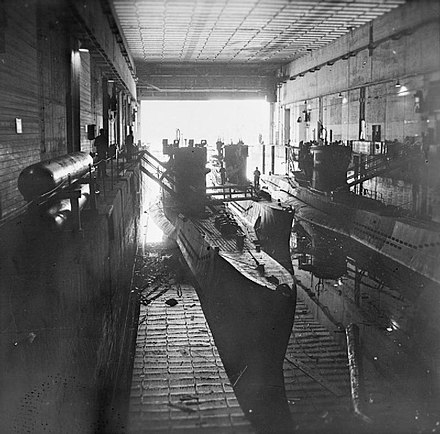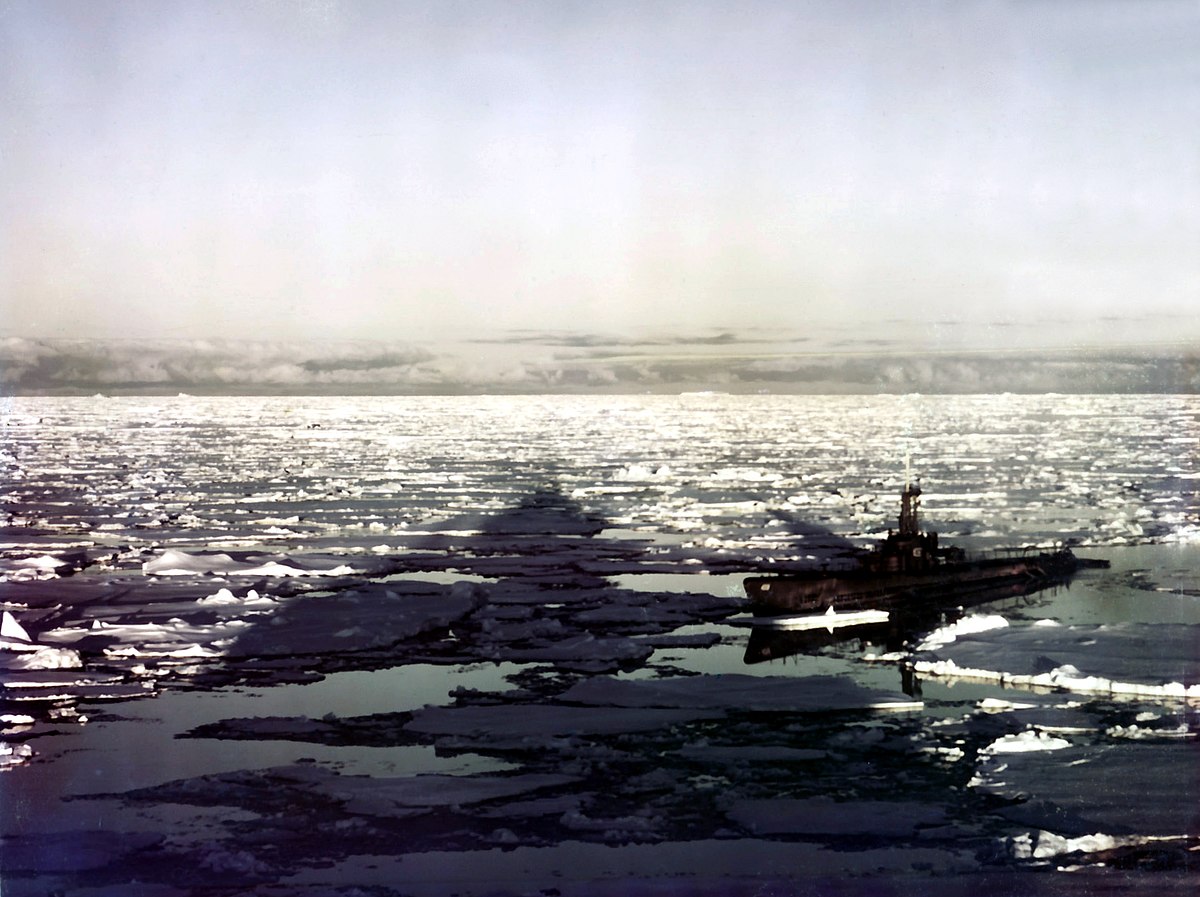Thinking more about this...
I think my little mini alt-history tale reaches the upper limits of what is plausible whilst still reasonably being able to take advantage of the key requirement to make a Nazi Antarctic base actually endure for a while: secrecy.
It's not that it's *impossible* for the Germans to decide on something more ambitious, and possibly even execute it on some level. But it would require more resources, more personnel, more ships, more supply runs...
it would become much harder to keep a secret from the Allies.
So setting aside Vril Discs and alien artifacts, what's the most likely possibility? Peeps here have alluded to it: a full-on, secret u-boat base. Granted, it's a freaking poor use of resources, but again, the Germans did sillier things. So what would that look like?
The obvious models here would be German u-boat bases in Norway. The KM actually established u-boat bases of various kinds at Narvik, Bergen, Tromso, Trondheim, Horten, Hammerfest, Kirkenes, and Kristiansand - I hadn't realized just how many they set up there. Some of these were impressive, too, almost on scale with St Nazaire or Lorient - look at the scale of the Dora bunker at Trondheim:
Building all that in an advanced industrialized country a short distance from Germany is no mean feat. But can you imagine trying to build that in an empty icy wasteland on the other side of the world? All that poured concrete? Not even the big U.S. base at McMurdo has anything *quite* on that scale, and it took it many years and a lot of bucks to build even that.
So arguably the better model may be the smaller u-boat outposts at
Hammerfest and
Kirkenes, which has some limited comparability because both were north of the Arctic Circle, supporting a small number of subs used for Arctic patrols. These were largely centered around
depot ships with limited shore infrastructure. They could refuel and reupply u-boats, and so some basic repair work - they managed to allow u-boats to do trim tests and dives in Bokfjord, for example - but really major repairs required a trip to big base like the Dora pens at Trondheim (See photos above). Kirkenes started out supporting two u-boats; the number fluctuated from there, but was never much more.
(For a short treatment of why even most of the u-boat operations in the Norwegian Arctic turned out to be a horribly wasteful operation, see
here.)
A Kirkenes style base could be done with a resource commitment not hugely bigger than my scenario, but it will be more. Kirkenes after all was a town over 3,000 population, with an airfield big enough to support a Luftwaffe jagdgeschwader. There were enough local resources to feed the base staff to a large degree and provide some other basic necessities; it was air accessible for at least some replacement of personnel and parts. But whatever you build in Queen Maud Land, you have to bring
everything with you, and bring it by sea on a long-ass trip. You can't count on frequent resupply. And polar conditions were *brutal* on machinery, breaking and wearing out all sorts of things with high frequency, so you're going to need to bring a lot more spares than a depot ship operating in a temperate or even tropical clime will require. And likewise, you now have to feed all those men, too - there aren't any local farmers, and you can't count on being close to a penguin breeding ground. So, lots and lots of food. And you better have a plan for scurvy.
So it's going to require something like a small flotilla just to start with, and that means it's going to have to be initiated before the war breaks out. But even so, something on that scale is going to be . . . hard to hide. But even if it escapes initial detection, if you're basing at least a few subs out of it, then it's going to become obvious before long to the Allies that the Germans must have some kind of basing infrastructure in the area (even if it's just a depot ship) and they're going to go looking for it.
And then there's another difficulty:
That's typical peak pack ice extent in the Antarctic sea in a mid-20th century Antarctic winter. Queen Maud Land is at the topmost edge of the continent. Any u-boat trying to reach our notional Neuschwabenland depot base is going to have dive under four to five hundred miles of pack ice, and then, somehow, surface.
Now, u-boats actually had a significant record of operating in ice conditions, but it also wasn't anything remotely like what USS
Nautilus achieved in the late 1950s. For example, the Type VIIC u-boat U-262
managed the impressive feat of operating under ice for over 16 hours straight witout surfacing. Obviously, 16 hours is not going to be sufficient to travel under 4-500 miles of pack ice, at least, not for a boat like *that*. And when U-262 *did surface, it wasn't into solid pack ice. Consider some log entries of what it experienced, even so:
27 April/ 10.12 – Have dived in a hole of open ice-free water with engines at stop.
28 April/ 02.15 – Surfaced. Attempt to surface. The hatch in the conning tower cannot be opened due to an ice -floe laying on top
28 April/ 02.20 – Surfaced. Second attempt. The hatch in the conning tower can be opened with great difficulty, the railing at the aft conning tower as well as the port net cutter ripped off, gun and MG C 30 damaged, outside doors of torpedo tubes No. I, III, and IV cannot be opened, anything bend by ice. 300 meters ahead I have ice free water.
That third surface attempt basically mission killed his submarine. Ouch.
Now, Type XXI boats like the one I put Himmler on might have had greater success given that they could travel up to 340 miles submerged, but there were very few of those, and only late in the war. But the point is, your u-boat base is basically going to be inaccessible to KM u-boats for a large part of the year, full stop. It
is possible the Germans might try to send one of the depot ships up to, say, the Kerguelen Islands, the McDonalds, or the Crozets for an ice-free option for their boats during the winter months, but then, as noted in my previous post, the risks of detection would be much higher: in OTL, the RN was on to the Kerguelen trick by 1941.
Short conclusion: a depot ship based u-boat base like this will either be abandoned as infeasible or detected by the Allies long before the war is over.




